 Water is the lifeblood for all living organisms, and humans are no different. When you're out in the wilderness, finding a source of clean drinking water can be a challenge. Ingesting contaminated water can lead to infection with the Giardia parasite as well as other illnesses. Drinking dirty water often will lead to diarrhea which will quickly ruin an adventure and perhaps lead to further health complications. The water loss from diarrhea can lead to dehydration which has symptoms like headache, fatigue, dizziness and more, all very big issues in a wilderness setting. Dehydration can also contribute to life-threatening illnesses like heatstroke. Fortunately, there are several ways to purify water in the wilderness. In this blog, we'll explore some of the most effective methods.
Water is the lifeblood for all living organisms, and humans are no different. When you're out in the wilderness, finding a source of clean drinking water can be a challenge. Ingesting contaminated water can lead to infection with the Giardia parasite as well as other illnesses. Drinking dirty water often will lead to diarrhea which will quickly ruin an adventure and perhaps lead to further health complications. The water loss from diarrhea can lead to dehydration which has symptoms like headache, fatigue, dizziness and more, all very big issues in a wilderness setting. Dehydration can also contribute to life-threatening illnesses like heatstroke. Fortunately, there are several ways to purify water in the wilderness. In this blog, we'll explore some of the most effective methods.
- Boiling

Boiling water is the most effective but also most time-consuming method of purifying water. All you need is a heat source, a pot, and some water (or snow/ice). Simply bring the water to a rolling boil for one minute (or longer at higher altitudes), and then let it cool before drinking. An additional step is to filter the water through a cotton t-shirt, bandana, or other clean fabric to reduce the amount of potentially harmful particulates. The extra filter may not be necessary if you are obtaining water from a clear, quickly moving stream or fresh snowfall. Boiling water kills almost all bacteria, viruses, and parasites that can cause illness, making it a reliable method of purification.
- Chemical Treatment
 Chemical treatments like iodine or chlorine tablets can also effectively purify water in the wilderness. These tablets are lightweight, easy to carry, and can be found at most outdoor retailers and many big box stores. Simply drop the tablet into your water bottle, wait the recommended time (usually 30 minutes to four hours), and then drink. One aspect of these chemical treatments is that they add a distinct flavor to the water, but in a wilderness scenario this should be of little concern. It's important to note that chemical treatments may not be effective against all types of parasites and viruses, so it's best to use them in conjunction with another purification method.
Chemical treatments like iodine or chlorine tablets can also effectively purify water in the wilderness. These tablets are lightweight, easy to carry, and can be found at most outdoor retailers and many big box stores. Simply drop the tablet into your water bottle, wait the recommended time (usually 30 minutes to four hours), and then drink. One aspect of these chemical treatments is that they add a distinct flavor to the water, but in a wilderness scenario this should be of little concern. It's important to note that chemical treatments may not be effective against all types of parasites and viruses, so it's best to use them in conjunction with another purification method. - Water Filtration

Water filters are increasingly popular among outdoor enthusiasts. They use a combination of physical and chemical methods to remove harmful contaminants from water. The most common type of filter is the pump filter, which works by pumping water through a filter cartridge to remove bacteria, viruses, and parasites. Other options include gravity filters and straw filters. Gravity Filters are similar to pump filters but instead of the pump offering the force, you use gravitational energy. This method is great for large groups but does require more equipment. Straw filters are best reserved for emergency use when you need a small drink. Water filtration systems can be bulky, but they are effective and simple to use.
- Ultraviolet Purification
Ultraviolet (UV) radiation from the sun, in high enough concentrations, can kill bacteria and viruses, making the water safe to drink. There are many devices that mimic the sun’s radiation to purify water. To use the UV purifier, you pre-filter water through a cloth into a bottle and then submerge the device into the bottle for a certain amount of time (usually 1-3 minutes). The device is very easy to use but it does depend on a battery which can sometimes fail or run out. Since this method is dependent on battery life it is best to have an extra battery as well as a back up to your UV Purifier such as a pump filter.
- Solar Still
A solar still is the only method on this list that can generate clean, safe drinking water without having a water source. It is done by digging a large hole in the ground and then filling it with green, leafy, organic materials. Leave a bit of room in the very middle of the hole for your container, such as an empty water bottle or cooking pot. Then over the top of the hole you will put a plastic sheet of some sort that does not have any holes, ex: your tents ground cloth, emergency blanket, poncho. Then around the edges of the sheet you will place rocks to weigh it down so that there are no openings, and all the moisture stays inside. The final step is to place a smaller rock on top in the middle of the sheet so that it weighs down the center point. All the dew that evaporates from the organic material will collect on the inside of the sheet and then drip down to the container in the middle of the hole. This process works best in hot and sunny environments and is useful when you will be at one location for a while.
Finding clean water in the wilderness can be challenging, but with the right knowledge and equipment, you can purify water and stay healthy on your outdoor adventures. Boiling, chemical treatment, water filtration, UV purification and solar stills are all effective methods to get clean drinking water. Whichever method you choose, be sure to follow the instructions carefully, practice before you go on your adventure, and prioritize your health and safety in the great outdoors.

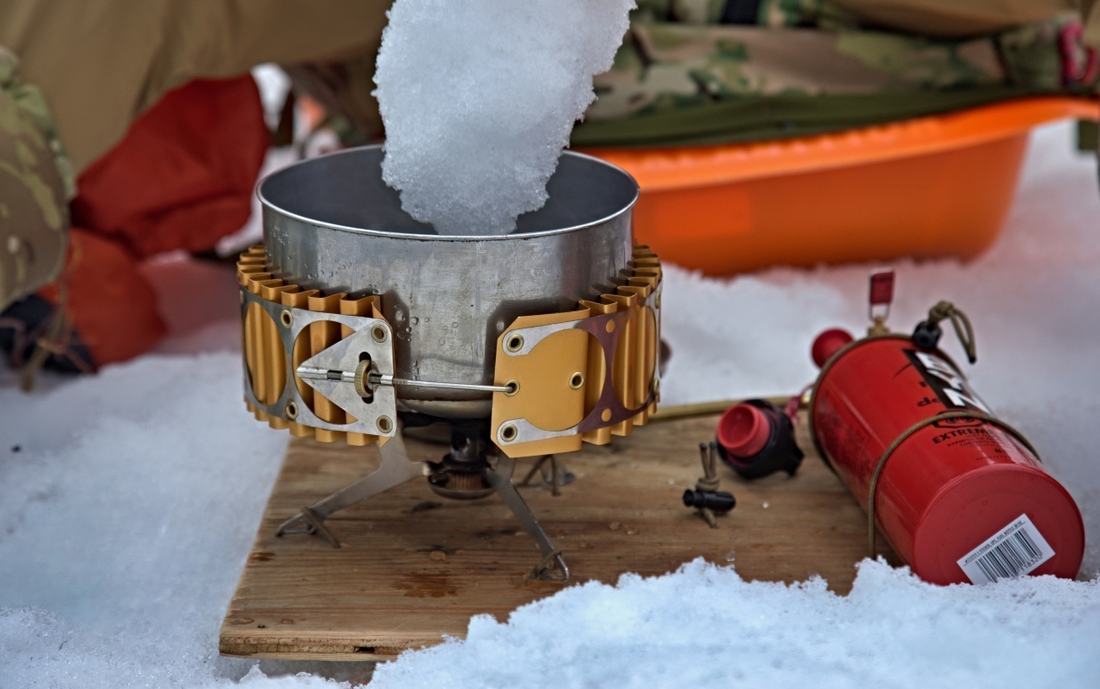
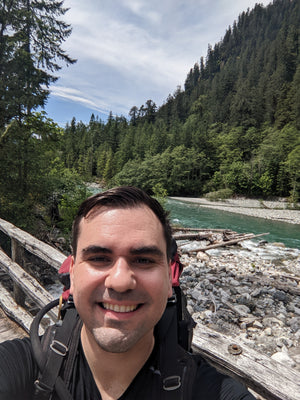
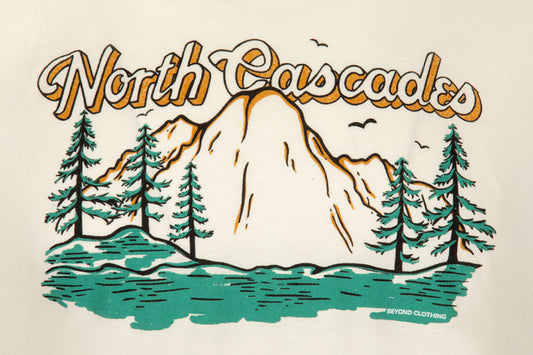

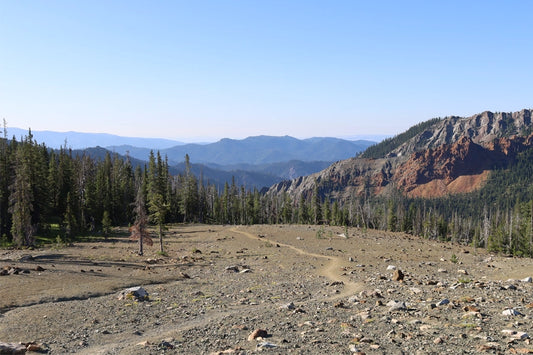
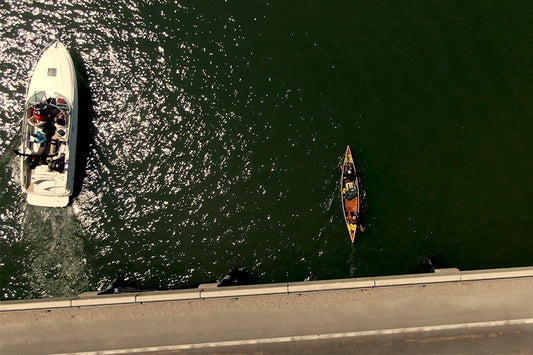
1 Comment
Thorough and helpful thanks!